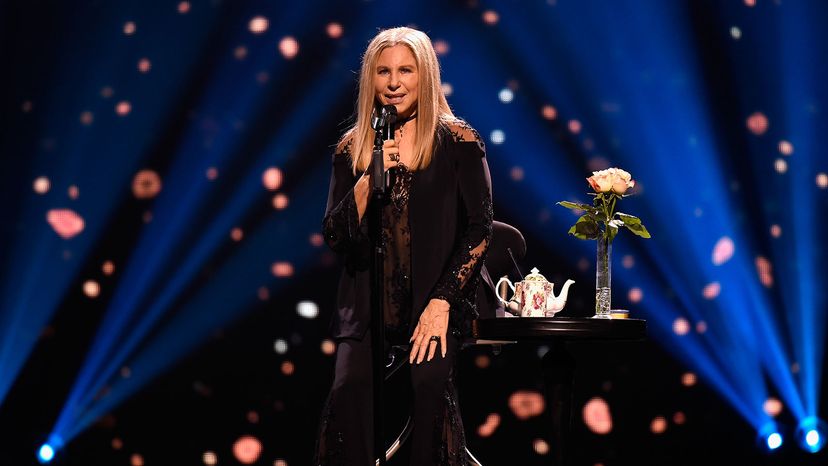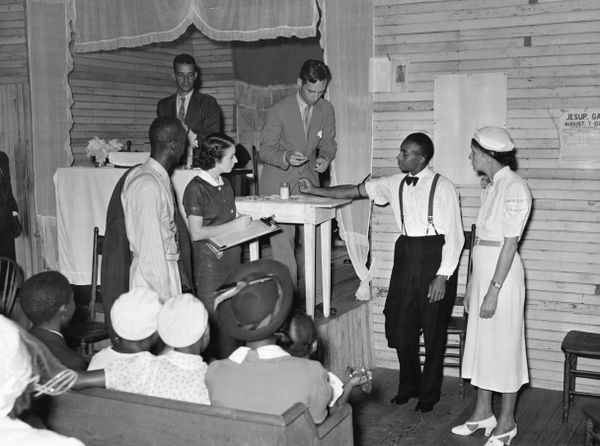
The rich and powerful bullies of the world — governments, corporations, celebrities, etc. — have lots of creative ways to control the public's access to information, especially when that information makes them look bad: intimidation, bans, bribery or straight-up censorship. But every once in a while, an especially clumsy censorship effort backfires and the situation goes from bad to much, much worse.
Take the case of Barbra Streisand, award-winning actress, singer and owner of a sprawling mega-mansion near the wealthy coastal enclave of Malibu, California. Back in 2003, Streisand sued a photographer named Kenneth Adelman because he refused to delete a photo of her Malibu mansion from an online project that tracked erosion on the California coastline. Adelman wasn't a paparazzo trying to snag a shot of Babs in her bathing suit. He was documenting an important environmental issue.
Advertisement
Streisand obviously felt that her privacy had been violated, so she took Adelman to court for $50 million in damages. Yup, $50 million for one online photo. The irony was that before Streisand took Adelman to court, the online image of her house had been downloaded a grand total of six times, twice by her own lawyers. But after the media caught wind of Babs' outrageous $50 million lawsuit, the image was downloaded 420,000 times in just a month and publicized around the world. (For an added kick in the teeth, the judge dismissed the case.)
Streisand wasn't the first would-be censor to get burned by her own attempt to repress information, but her name became indelibly attached to the phenomena when the TechDirt blogger Mike Masnick jokingly labeled the backfire the "Streisand effect."
"Nobody had paid much attention to the whole thing until the lawsuit, which I'm sure Streisand wishes she had never undertaken," says Sue Curry Jansen, professor emeritus of media and communications at Muhlenberg College, who co-authored a 2015 paper about the curious dynamics of the Streisand effect.
The Streisand effect is a product of public outrage and blowback over perceived censorship or any attempt by someone with power to repress free speech. As Streisand's lawsuit shows, a lot of supposedly "dangerous" information wouldn't likely draw much attention if left uncensored, but the very act of trying to repress it creates public outrage, which ends up shining a far brighter light on the information in the process. Not to mention that people are naturally curious about anything that is being covered-up or attempted to be suppressed. "Why is this information being hidden?" we wonder.
It's also been shown that banning books or blocking access to certain websites only serves to increase public demand for the censored information. One study from 2018 found that China's attempts to block access to sites like Twitter and Facebook prompted millions of otherwise apolitical citizens to download VPN software to evade the censors and access the sites.
Advertisement

